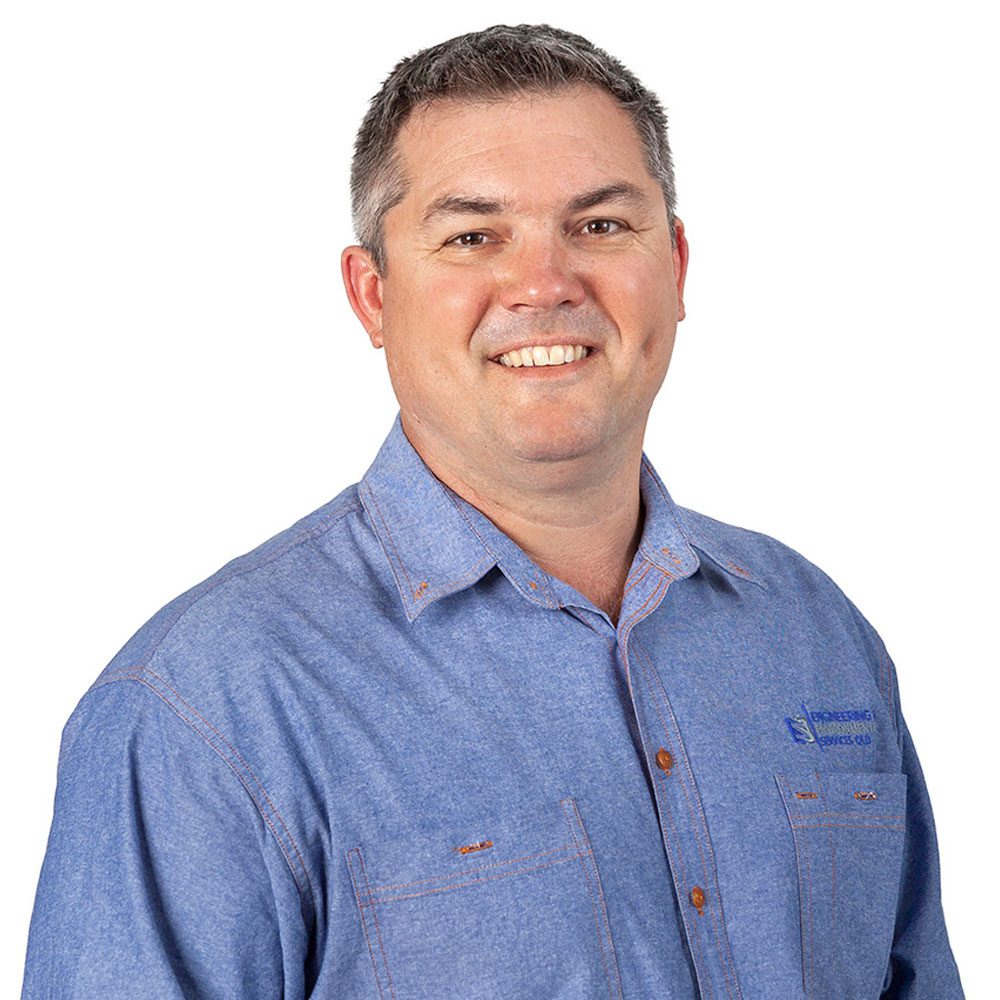Problem Solving - Only when the problem is clear, can you frame a solution
By Andrew Mitchell
How many times have you been asked to investigate an issue and the user will start with explaining the solution. In the earlier stages of my career, I would walk away with the end-user request and start working on a solution without a developed problem statement.
Really listening to the clients wants and discerning the root cause of the problem by asking the right leading questions. Engaging with key stakeholders with different viewpoints on the problem, or who use the equipment for a different purpose, you can converge on the issue at hand by zoning in on the symptoms that affect each person.
The key question at this point are:
- What is the problem or need?
- Who has the problem or need?
- Why is it important to solve?
The next step is to develop the problem statement, who needs what and why.
Do not underestimate the ‘why‘. Like the root cause in an investigation, problem solving isn’t listing all the problematic facts and who they impact, the why will lead you to how all these aspects are interconnected and linked together.
You must gain agreement on the problem definition. Write down the problem statement, see if everyone agrees, or get each stakeholder describe the problem, then compare their views. Then identify how fixing the problem will benefit each stakeholder.

I have read a headline in a consultant’s pitch stating “we don’t give them what they want, we give them what they need”, this is not a good strategy. A sustainable solution suitable to their operation and business structure is both what they want and need. By using interpersonal skills to ensure you really listen and identify each and all of their pain points and how they are to be solved, will you achieve both what they want and what they need.
It is nice to satisfy the wants of all users, however there may be conflicting needs or the financial benefit may not justify the wants, they must be considered to gain trust of the stakeholders and approval to proceed.
- For the next steps see (Problem Solving – Analysis “Breaking Down” or Synthesis “Building Up”)
I hope you enjoyed my first in a series of insights aimed at sharing lessons learnt from an engineering and project management career in the resource industry.

Andrew Mitchell is Principal Engineer at Engineering & Environmental Services. He designs, engineers, and delivers projects in the resource industry aimed at maximising your business benefits.
Subscribe for our Updates


